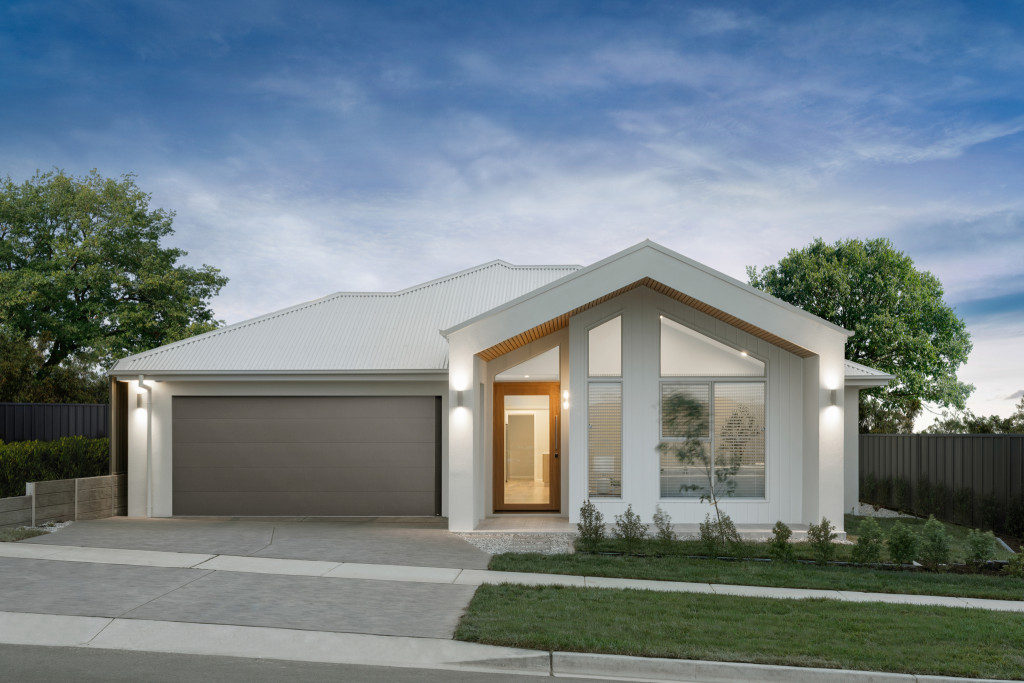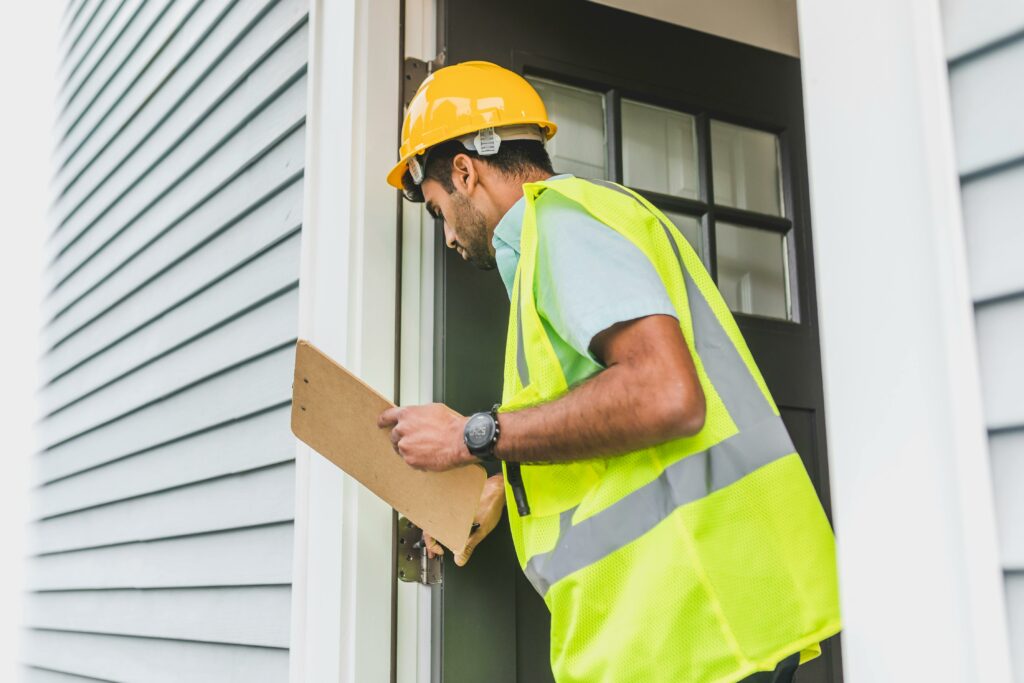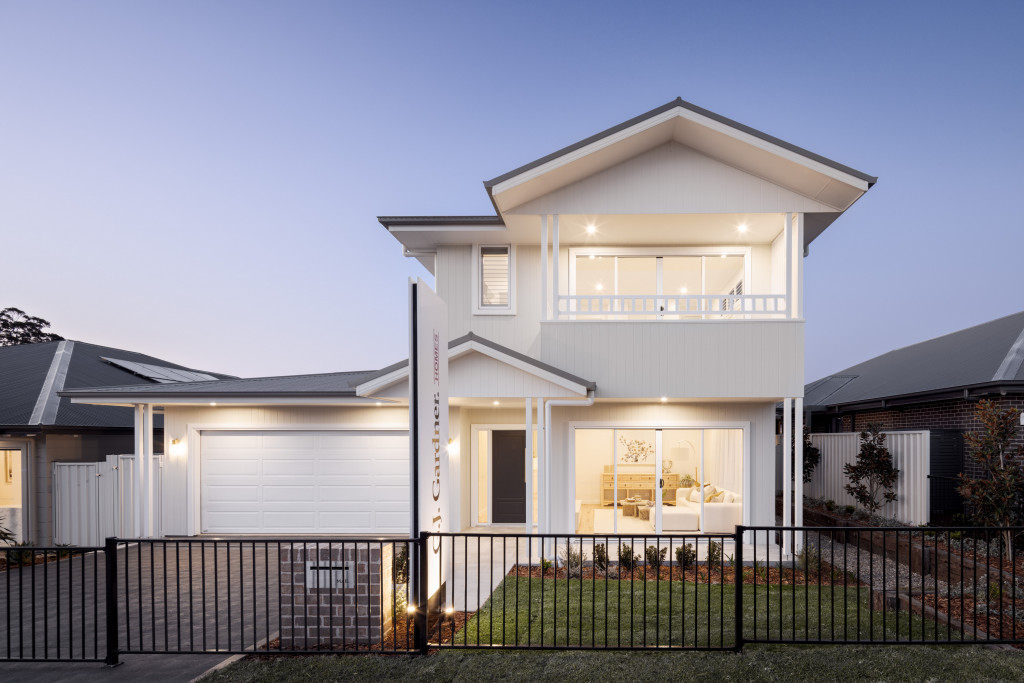Cost to Build
How To Buy An Investment Property
According to the ATO, over 2 million Australians own at least one investment property as part of their portfolio. This stream of investment is popular due to its low barrier to entry and reliable return on investment in comparison to other investment opportunities. But for first-time investors, it can be difficult to determine if property investment is the right option for you, as well as understand all the costs and regulations in place in this sector.
At G.J. Gardner Homes, we have built thousands of investment properties across the country. Using our decades of industry experience, we have created an easy-to-understand beginner’s guide to property investment:
What is an investment property?
An investment property is a residence purchased with the intent of earning a return on investment through selling the property in the future, bought for the purpose of renting out the property for income, or both.
Investment properties differ from residential homes as they cannot be used as a primary place of residence or as a second home. They can be held by an individual, investor, group of investors or business.
Typically, investment properties fall under two categories:
Long-term investment property: When an investor keeps the property for a long period of time to increase its value before re-selling it for a profit.
Short-term investment property: When an investor renovates a home and sells it soon after its initial purchase for a profit.

Investment Property Strategies
On top of the different types of investment property options available, there are also different strategies for property investment. Two common principles that are important to understand for investors are the following:
Capital Growth: This term refers to the income earned through investing in a property with the aim of increasing its value over time and selling it for a profit. Capital growth can be calculated by the difference between the current market value of the property and its original purchase price.
Rental Yield: This term refers to the income earned through renting out a property to tenants for an additional income stream. Whilst there are many ways to calculate this, a simple formula is the rental income earned over a year divided by the property value multiplied by 100.
Why purchase an investment property?
Tangible asset
Property investment is a popular option as it is a tangible asset in a person’s investment portfolio with a lower barrier to entry than other investment streams. This is because the investor does not require any additional specialist knowledge to manage the investment unlike trading shares and stock market investing for example.
Capital growth
On top of this, the purchase of a property is a relatively reliable investment to manage. Property is known for its sound investment opportunity and guaranteed long-term returns if the property increases in value over time. This is considered minimal risk in comparison to other investment streams.
Tax deductions
Another attractive feature of an investment property is many of the expenses associated with owing it are tax deductible. This can minimise the overall investment cost.
Rental yield
Another reason investors choose to purchase a property is the versatility of the investment. An investment property can be easily rented out to tenants for an instant secondary income stream.

Taxation & Investment Properties
Tax deductions are a popular reason many choose to invest in property. There are several principles associated with property investment tax which we have broken down below:
Positive Gearing vs Negative Gearing
Positive gearing refers to a property where the rental income is higher than the cost of owning the property. Because this revenue is considered a profit from your secondary income stream, this is added to your taxable income and could push you into a higher tax bracket overall. This is used by investors to build wealth and reap the benefits of their investment sooner. However, by using this strategy the investor will need to pay more tax throughout the investment’s lifetime.
A negative-geared property is where the costs of owning the property are higher than the rental income received. As this is considered a loss, the difference between the rental income and the property expended is deducted from your taxable income. Investors who use this strategy are relying on the overall loss being offset by capital growth upon the sale of the property. However, other factors such as capital gains tax from the sale of the property must be considered.
Capital Gains Tax
If an investor sells their property for a higher price than they originally bought it for, the difference is considered capital gain. This is because the investor has gained capital (i.e. money) from their investment.
All capital gains must be reported as part of taxable income in the financial year the property was sold in. As a result, this can greatly increase the amount of tax required that year. It is recommended to consult a financial advisor to find the best options available for you.
For example, some investment properties may be eligible for a capital gains tax concession. This concession means you may be able to only pay tax on half of the profit made. G.J. Gardner Homes recommends you consult with your accountant on the eligibility of your investment or planned investment for this scheme.
Tax Deductions
An investment property also allows investors to claim tax deductions from property expenses. This means investors can claim these expenses paid in their tax return and receive reimbursement from the ATO for these costs. According to the Australian Taxation Office, claimable tax deductions can include:
- The interest paid on your loan
- Council rates
- Depreciation
- Insurance
- Property management fees
- Legal expenses
- Maintenance and repairs
For more information on claimable tax deductions, visit the Australian Taxation Office (ATO) website.
When considering the purchase of an investment property, it is important to budget for this expense and find a property you can realistically afford.
How Much Of A Deposit Do You Need For An Investment Property?
Typically, for an investment property, it is recommended to save a deposit of 20% of the purchase price as this can lower the cost of the lender’s mortgage insurance. Lenders Mortgage Insurance (LMI) is an additional once-off premium added to a home loan to protect the bank against the loss incurred if the investor cannot repay the loan.
Upfront Investment Property Costs
It is also important to consider the upfront costs associated with purchasing an investment property. Some initial costs include:
Stamp Duty: A tax paid when purchasing an investment property which varies based on where the transaction occurs and the property value. Explore online stamp duty calculators to estimate how much the stamp duty of your investment property could cost and factor this into the overall budget.
Conveyancing & Legal Fees: The costs of hiring a conveyancer to guide investors through the selling process, transfer the title of the property, prepare legal documents and ensure a smooth transaction. Some of this can be claimed as tax deductions.
Building & Pest Inspection: Prior to purchasing a property investor should hire a building inspector to visit the property to review the structural integrity of the home and identify any faults or flaws.

Types of Loans
There are several types of home loans investors can use for their investment property purchase:
Fixed Rate Vs. Variable Rate Loan: A fixed rate loan has a set interest rate which means the mortgage repayments will not change over time. These have been historically more expensive across their lifespan than variable loans. Alternatively, a variable rate loan’s internet rate can vary or change at any time which could increase or decrease the interest rate and repayments over time.
Principle & Interest vs Interest Only Loan: A principal and interest loan is when you choose to repay the principal balance (i.e. the initial loan price) as well as the interest accrued from your home loan which can increase your regular repayment amount to the bank. An interest-only loan allows investors to only repay interest on their loan initially which can lower initial costs, but overall will result in more interest paid throughout the lifespan of the loan.
Conditional Approval Loan vs Unconditional Approval Loan: Conditional approval also known as pre-approval for a home loan means the lender has agreed to provide a home loan once certain conditions have been met. This typically occurs before an investor puts an offer in on a home. Whilst an unconditional approval is granted prior to the purchase of the property and means the lender has no conditions that must be met for the loan to be approved.

Tips for creating a profitable investment property
Outside of the initial investment property considerations, there are other factors at play in the lifespan of owning an investment property. This includes hiring ongoing property managers to deal with day-to-day rental management as well as ongoing property repair costs, utilities, insurance, council rates and more. It is important to discuss the viability of an investment property with an accountant or qualified financial advisor to determine if this is the right option for you.
However, our previous blog on ‘Building A Profitable Investment Property’ is another helpful read for those looking to maximise their property investment.
Still have questions? Contact your local G.J. Gardner Homes franchise to learn more about how our experienced team can help you create your dream investment property.
